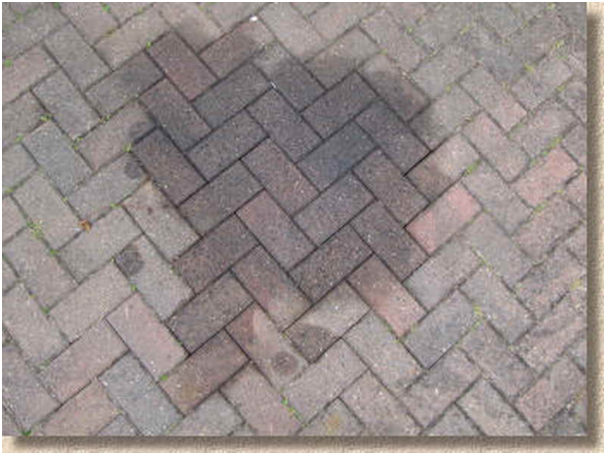Stains and dirt on your masonry can leave your property looking tired and run down but did you know you can have it professionally removed? Whether your property is a new build, or you are hoping to restore an older or period property, stains on concrete, brick and terracotta can be cleaned away, leaving your property looking as good as new. Here are some the most common stains that can affect a new construction:
- Mud and Clay
Building sites can become rather grubby places and often the remnants of mud, dust, clay and other construction materials can mark the walls. This can be because of construction work or poor weather conditions. Most construction grime can be removed with a pressure washer and red clay stains with a purpose-made cleaning product. For Masonry cleaning services, visit https://www.stonehealth.com/

- Excess mortar
When building walls, drips of mortar can cause marks on the bricks leaving a messy appearance. This occurs during building work where mortar is smeared onto surrounding materials and left to dry. To get the best results, treatment needs to be applied within the first month of installation. Thankfully, it’s fairly easy to clean bricks of excess mortar, including limestone, sandstone, coloured brick, smooth and textured concrete and slate.
- White Marking
If you notice a powdery white substance has formed on bricks, this is a form of salt deposit that will disappear when wet but reappear on drying. What causes the white marks is moisture inside the bricks which rises to the surface and then evaporates, leaving behind white marks. To avoid this kind of staining, make sure masonry is left to fully dry before treating
- Oil
Discolouration will be caused by any oil or fatty grease stains left to cause darkening of the brickwork. If there is close proximity to traffic or vehicles which may have been parked near an exterior wall, such stains are more likely. They can also appear in areas where food has been prepared.

- Brown or Green stains
Having a property with light-coloured brick sometimes means a problem with discolouration resulting in green, brown, yellow or purple staining in the centre of the bricks. The staining is caused by water saturation in new builds where salts dissolve in rain and construction water, rising to the surface on drying. As the water evaporates from the surface, brightly coloured salt deposits can be left behind. While avoiding getting the bricks wet during construction is the best strategy, the stains can be treated effectively.
- Lime
Noticing a grey or white crust forming on the surface of the bricks or running down from a hole or crack in the mortar joints, is an indication of staining from lime. Inadequate waterproofing during building means water collects inside the wall with water-soluble calcium dissolving. When the water seeps through the gaps hitting the atmosphere, the calcium crystalizes, forming a hard crust on the outer bricks. It can be tough to scrape off and once the excess has been scraped, repeat applications of cleaner may be required.
